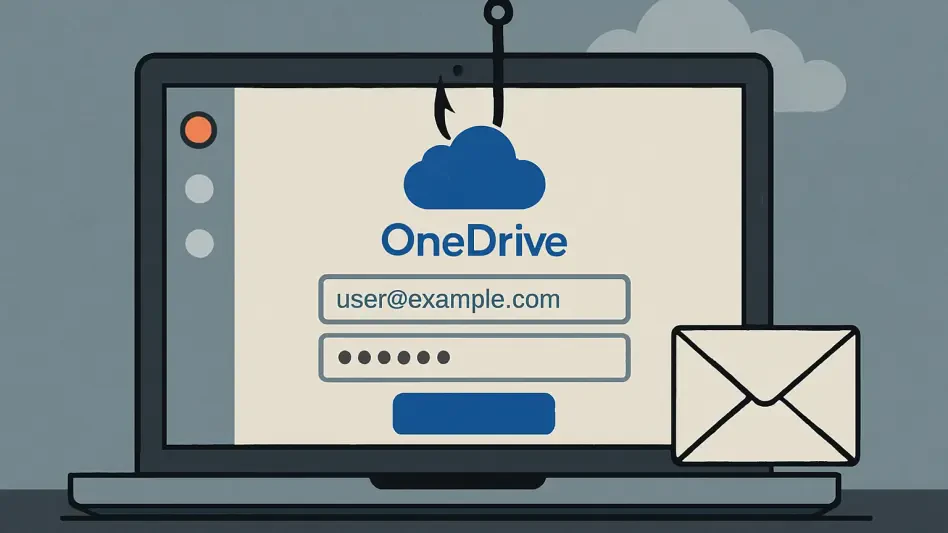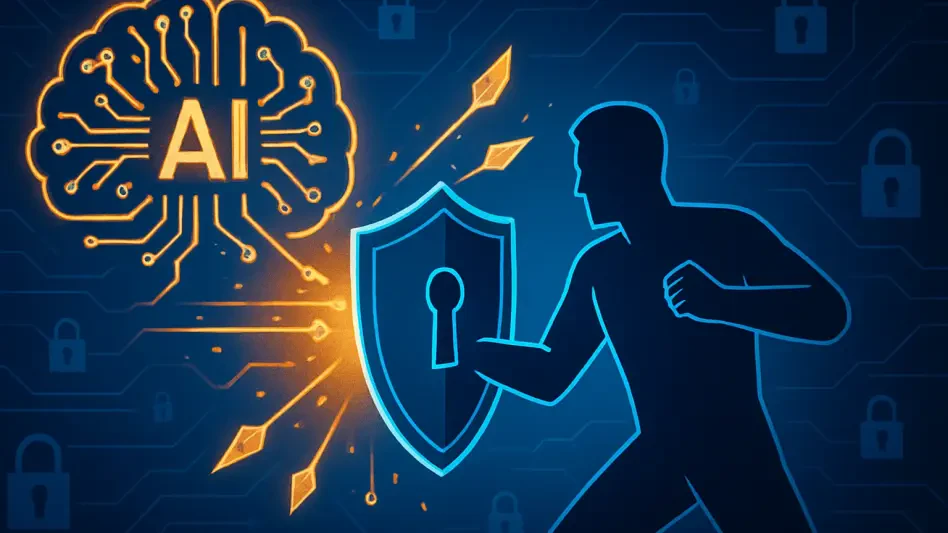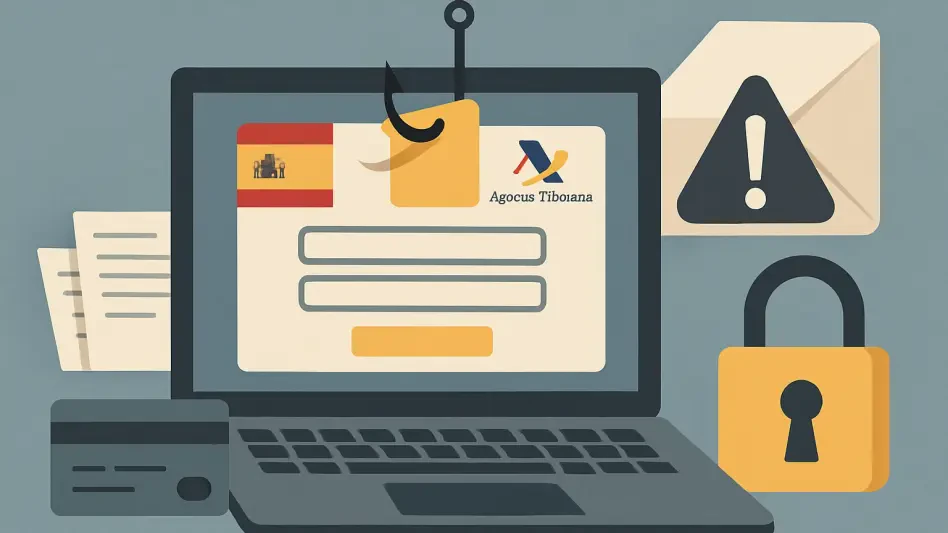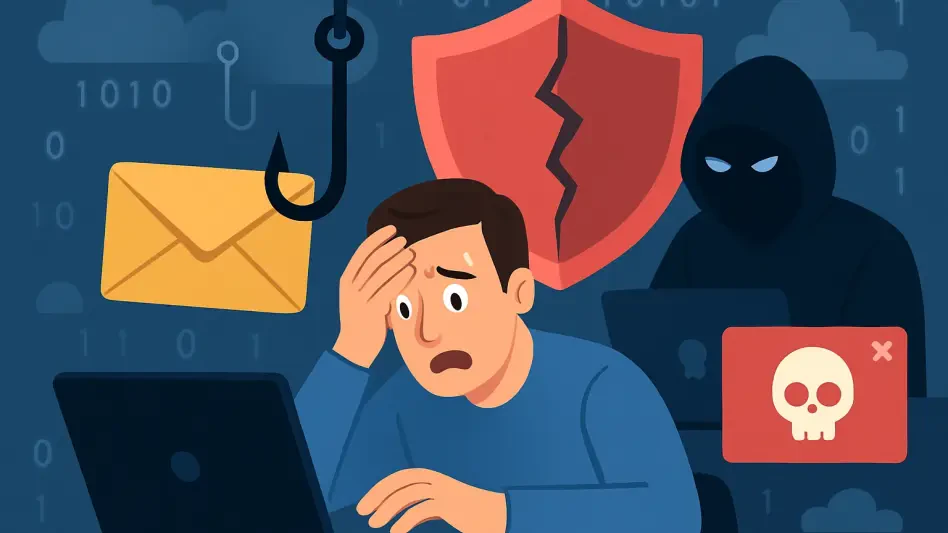Imagine opening your inbox to find a seemingly urgent OneDrive notification about a shared file, only to discover too late that clicking the link has compromised your entire system. This scenario is not just a hypothetical but a real and growing cyber threat targeting Microsoft 365 users. This guide aims to equip readers with the knowledge and tools to recognize, avoid, and protect against a sophisticated phishing scam that exploits trusted platforms like Discord’s Content Delivery Network (CDN) to deliver malware. By understanding the mechanics of this attack, individuals and organizations can strengthen their defenses against cybercriminals who prey on familiarity and trust.
The importance of this guide lies in the alarming rise of attacks that weaponize legitimate services, making them harder to detect with traditional security measures. As hackers become more cunning, using fake OneDrive notifications to trick users into downloading malicious files, the need for awareness and proactive measures becomes paramount. This resource breaks down the attack’s stages and offers actionable steps to safeguard systems, ensuring that users are not caught off guard by deceptive tactics that can lead to data theft or ransomware.
Unveiling a Sophisticated Cyber Threat
A chilling discovery by cybersecurity experts has exposed a malware campaign targeting Microsoft 365 users with alarming precision. Hackers are crafting phishing emails that mimic OneDrive file-sharing notifications, luring unsuspecting individuals into downloading malicious software hosted on Discord’s CDN. This attack stands out due to its exploitation of trusted platforms, blurring the line between legitimate communication and dangerous deception.
The significance of this threat cannot be overstated, as it showcases the evolving tactics of cybercriminals who adapt to bypass conventional defenses. By leveraging familiar branding and infrastructure, these attackers exploit human trust, making it critical for users to stay informed. This guide delves into the mechanisms of the scam, highlighting the urgent need for vigilance in an era where even reputable services can be turned against users.
Understanding this phishing campaign is the first step toward protecting sensitive data and systems from compromise. The intricate design of the attack, from deceptive emails to covert software installations, reveals a calculated approach that demands a proactive response. Readers will gain insights into identifying and mitigating risks associated with such sophisticated cyber threats.
The Rising Threat of Legitimate Tools in Cybercrime
Cybercriminals are increasingly exploiting trusted platforms and software, turning tools meant for convenience into weapons of deception. Services like OneDrive and Discord CDN, alongside legitimate programs such as Remote Monitoring and Management (RMM) software, are being repurposed to deliver malware and gain unauthorized access. This trend poses a significant challenge, as these tools often bypass traditional security filters due to their perceived legitimacy.
The misuse of such platforms creates a false sense of security, making it easier for attackers to infiltrate systems unnoticed. For instance, hosting malicious files on a reputable CDN like Discord’s allows hackers to mask their intent, as the traffic appears harmless to many detection systems. This growing tactic underscores a pressing concern for both individuals and organizations who rely on these services daily.
Addressing this issue requires a shift in how security is approached, moving beyond conventional antivirus solutions to more dynamic, behavior-based monitoring. The exploitation of legitimate infrastructure highlights the need for updated policies and user education to prevent abuse. As these threats evolve, staying ahead demands a deeper understanding of how trusted tools can be weaponized in unexpected ways.
Anatomy of the OneDrive Malware Phishing Attack
Stage 1: Deceptive Phishing Email Delivery
The attack begins with a carefully crafted phishing email, often sent from a compromised account to appear authentic. These messages replicate legitimate OneDrive file-sharing notifications, complete with familiar branding elements like privacy footers and recognizable Word document icons. Such details are designed to build trust, tricking recipients into believing the communication is genuine.
Recipients are urged to click on a link to access the supposed shared file, lowering their guard due to the email’s polished appearance. The use of compromised accounts adds another layer of credibility, as the sender may be a known contact. This initial stage relies heavily on social engineering to exploit human tendencies to trust familiar formats and sources.
Watch for Red Flags in Email Content
Despite the convincing design, subtle indicators can reveal the email’s malicious nature. One key red flag is the use of undisclosed recipient lists, where the email is sent to multiple hidden addresses, a tactic often flagged by advanced AI detection systems. Users should scrutinize such details before taking any action, as they can signal a phishing attempt.
Another warning sign is the tone or urgency of the message, which may push for immediate clicks without allowing time for verification. Checking the sender’s email address for slight misspellings or unusual domains can also uncover fraud. Staying alert to these nuances is crucial in avoiding the first step of this dangerous trap.
Stage 2: Malicious File Hosted on Discord CDN
Upon clicking the link, users are directed to a file hosted on Discord’s CDN, disguised as a harmless Word document. In reality, this file is an installer with a misleading .msi extension, a stark contrast to the expected .docx format. This clever deception leverages the legitimacy of Discord’s platform to evade suspicion and security scans.
The choice of a trusted CDN for hosting malware illustrates the attackers’ strategy to blend malicious traffic with normal activity. Many users and systems overlook files from reputable sources, assuming they are safe. This stage of the attack capitalizes on that blind spot, making it imperative to question the origin and nature of downloaded content.
Verify File Extensions Before Downloading
A critical tip for prevention is to always verify file extensions before downloading or opening any attachment. Discrepancies, such as an .msi file posing as a document, are a clear indicator of potential danger. Hovering over links to preview the file type can help identify mismatches without risking exposure.
Users should also avoid automatic downloads and ensure their systems are set to display file extensions by default. This simple adjustment can prevent accidental execution of harmful files. Taking a moment to double-check can be the difference between safety and a full system compromise.
Stage 3: Deployment of RMM Software for Remote Control
Once the malicious file is downloaded and executed, it installs multiple RMM tools, such as Atera and Splashtop Streamer, onto the victim’s system. These programs, typically used for legitimate remote access by IT professionals, are abused to grant attackers persistent control over the infected device. This allows for activities like data theft or further malware deployment.
The installation often happens silently, with little to no immediate indication of compromise to the user. Hackers can monitor activities, extract sensitive information, or use the system as a launchpad for broader attacks. This stage transforms a single click into a gateway for extensive unauthorized access.
Recognize Unusual Software Behavior
Users must remain alert for signs of unexpected software behavior, such as unfamiliar programs appearing on their device. Sudden prompts for remote access permissions or unusual network activity can indicate the presence of malicious RMM tools. Immediate investigation of such anomalies is essential to limit damage.
Checking the list of installed applications regularly can help detect unauthorized software early. If something seems out of place, disconnecting from the internet and seeking professional assistance can prevent further exploitation. Staying proactive in monitoring system behavior is a key defense mechanism.
Stage 4: Multi-Layered Persistence Tactics
To ensure long-term access, attackers deploy both visible and covert RMM tools during the infection process. A program like Atera may run openly, while others operate in the background, hidden from casual observation. This dual approach makes it challenging to fully eradicate the threat, as removing one tool does not eliminate the others.
The multi-layered strategy is designed to maintain control even if a user or security software detects and removes a visible component. Covert tools continue to provide backdoor access, allowing attackers to return at will. This persistence tactic complicates mitigation efforts and prolongs the risk to compromised systems.
Monitor for Hidden Background Processes
A practical step to counter this is to regularly monitor system processes for suspicious or unfamiliar activity. Using built-in tools like Task Manager on Windows can reveal hidden processes that consume resources without clear purpose. Identifying such anomalies early can help in isolating and addressing potential threats.
Users should also consider employing security software that offers real-time process monitoring and alerts for unusual behavior. Keeping an eye on background activity ensures that covert malware does not go unnoticed. This habit of routine checking can significantly enhance system security over time.
Key Takeaways from the Malware Campaign
- Phishing emails closely mimic legitimate OneDrive notifications to deceive users into taking action.
- Malicious files are hosted on trusted platforms like Discord CDN, making them harder to detect by standard security measures.
- Multiple RMM tools are installed to ensure persistent remote access to compromised systems.
- Subtle clues, such as mismatched file extensions, serve as vital indicators of fraudulent content.
- Multi-layered tactics employed by attackers create significant challenges for detection and complete removal.
Broader Implications for Cybersecurity Trends
The phishing campaign targeting OneDrive users reflects a troubling shift in cybercrime toward sophisticated, multi-stage attacks that exploit trust in legitimate infrastructure. By using platforms like Discord CDN and tools like RMM software, attackers bypass traditional defenses, posing new challenges for both individual users and large organizations. This trend signals a need for evolving security strategies that can adapt to these deceptive methods.
For individuals, the implications are clear: even routine interactions with familiar services require scrutiny, as trust can be weaponized against them. Organizations face the added burden of protecting vast networks where a single breach can have cascading effects. The difficulty in detecting such attacks calls for advanced solutions, including AI-driven systems that can identify subtle anomalies in communication and behavior.
Looking ahead, the cybersecurity landscape may demand stricter policies from platform providers to prevent the abuse of their services. Enhanced user authentication, improved file-hosting oversight, and better education on phishing risks are potential steps forward. As threats grow more complex, staying ahead will require a combination of technological innovation and widespread awareness to combat exploitation at every level.
Staying Vigilant in a Digital Minefield
Reflecting on the journey through this dangerous phishing scam, the detailed steps provided earlier served as a roadmap to understanding and countering a complex cyber threat. Each stage, from deceptive emails to covert software installations, was meticulously broken down to equip users with the knowledge needed to protect their systems. The process of identifying red flags and monitoring for suspicious activity proved essential in navigating the risks posed by attackers exploiting trusted platforms.
Moving forward, the focus shifts to actionable next steps that can further strengthen defenses against such evolving dangers. Adopting advanced security tools that offer real-time threat detection and investing in regular user training emerge as critical measures to reduce vulnerability. Exploring community forums and resources for the latest updates on phishing tactics also becomes a recommended strategy to stay informed.
Ultimately, the battle against sophisticated malware campaigns transforms into an ongoing commitment to vigilance and adaptation. Prioritizing layered security practices, such as multi-factor authentication and routine system audits, solidifies a proactive stance against future threats. By embracing these solutions, users and organizations alike fortify their resilience in an ever-changing digital landscape.








